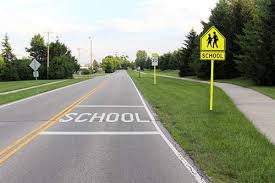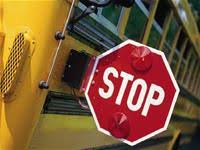
Auto Insurance Does More Than Fix Your Car
It also protects your assets… if you have the right amount of coverage. In today’s world, having the right amount of auto insurance is imperative. The costs to repair vehicles are increasing, and many times accidents involve lawsuits.
If you do not have high enough liability limits and an accident victim chooses to pursue greater compensation for their injuries, your financial assets – such as your home, your savings, future earnings and even your retirement – are at risk. One serious crash could result in some serious financial distress, even bankruptcy. (Please read that again.)
How is that?
Well, your auto insurance is made up of the coverage limits you choose: Bodily Injury Liability (BI), Property Damage Liability (PD) and Uninsured Motorist Bodily Injury (UM).
The minimum liability insurance required varies by state, but generally, it looks something like this:
- $25,000 bodily injury liability per person
- $50,000 bodily injury liability per accident
- $25,000 property damage liability per accident
That means if the insured driver is at-fault in a crash, their insurance would pay up to $25,000 to each person in the other vehicle(s) for injuries – up to a total of $50,000, and pay up to $25,000 for the damage caused to the other vehicle(s), public property, etc.
That might sound like enough, but considering the high costs of medical care, the amount someone might suffer in lost wages, and that the average vehicle now retails for almost $40,000, the at-fault driver could pay out-of-pocket tens of thousands of dollars (or more) above what their insurance would cover.
The Insurance Information Institute recommends each person carry at least $100,000 bodily injury protection per person, $300,000 bodily injury protection per accident, and $50,000 for property damage. If you have a lot of assets (a home, investments, vacation property) and a higher earning potential, you should buy even more protection ($250,000, $500,000, $100,000).
Don’t forget uninsured and underinsured motorist coverage (UM). It’s estimated that one out of eight drivers has no insurance, with many others carrying minimal coverage. You’ll want higher limits to pay for any injuries and damage to your vehicle if you are hit by one of these drivers.
Insurance companies urge everyone to purchase as much liability insurance as they can afford, and we are no different.
As your insurance partner, California Casualty takes seriously our obligation to inform you about important insurance gaps, and to offer higher limits (that cost very little for the protection they provide).
TAKEAWAY:
Call one of our customer care representatives at 1.800.800.9410, option 3 to review your current policy limits and discuss your coverage amount options.


 Seeing a wall of flames or a madly spinning tornado bearing down on your community or neighborhood is the worst time to wonder, “Do I have enough insurance to build my home again?”
Seeing a wall of flames or a madly spinning tornado bearing down on your community or neighborhood is the worst time to wonder, “Do I have enough insurance to build my home again?” SCHOOL ZONES
SCHOOL ZONES BUS STOPS
BUS STOPS